Brown Spots on Leaves: [Detection, Causes and Treatment]
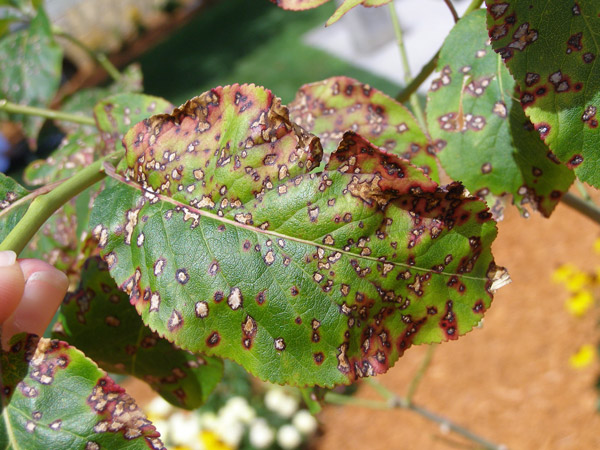
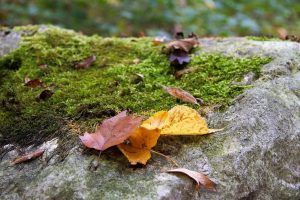 Brown spots on plant leaves occur much more frequently than we would like because they have multiple origins.
Brown spots on plant leaves occur much more frequently than we would like because they have multiple origins.
The simplest includes some lack of nutrients in its structure, but there are also more complex cases regarding the presence of diseases.
Defining the origin of their occurrence will be the first step in combating them because it will not be the same to work on them for a virus than for insects.
But don’t worry because here we will give you all the guidelines you need to consider to rid your beautiful plant of this nuisance.
Do you dare to join us?
What are brown spots on leaves?
Brown spots on leaves are caused by many diseases.
When you look at a plant, tree, or shrub and see brown spots, the usual culprit is a fungus. Their identifying spots can be black, brown, red, orange, yellow, or white, and they come in a wide variety of shapes and sizes.
Most of the time, the infection will be noticeable on the lower or inner branches, and the shape of the spots can vary from circular to angular. Sometimes, in the center of the spot, signs of the pathogen producing the spores can be seen.
Sometimes your plant can pick up something that is not a fungus, but a bacterium, possibly bacterial leaf spot. This is common in lilacs.
Symptoms are small dark brown spots with a yellow circle around them, which will eventually dry up to leave a hole in the leaf. These spots eventually merge and the entire leaf turns black-brown.
What happens when plant leaves turn brown?
When the leaves of the plants turn brown, what we are receiving is an alert signal to attend to the health of the plant.
This is one of the first symptoms that usually appear after any internal damage to its structure, as it indicates problems with the photosynthesis process.
What to do when plant leaves turn brown?
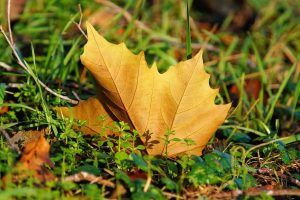 When plant leaves turn brown, what you need to do is determine the reasons why this is happening.
When plant leaves turn brown, what you need to do is determine the reasons why this is happening.
Based on this first phase of diagnosis, the treatment that will help restore vitality will then be established.
It is important to know that the observation must be established based on a period of time to assess how the spots evolve .
Why do plant leaves stain?
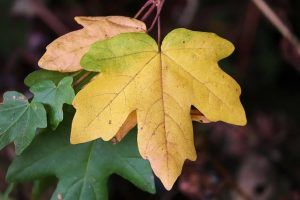 As we have already seen, there are very diverse reasons for the appearance of spots on the leaves of plants.
As we have already seen, there are very diverse reasons for the appearance of spots on the leaves of plants.
The first one (and most common) is due to the fact that they wither , an action produced by the lack of adequate irrigation that leads to its dryness.
When the leaves turn brown for this reason, the most common is that the effect ends up covering the entire leaf and it falls from the tree.Direct exposure to the sun or through a window can also cause damage to the natural coloration of the leaves, turning them brown.
The ideal is to help the plants to obtain the necessary sunlight and to maintain themselves at an appropriate temperature, with sufficient ventilation.
At the opposite extreme, brown spots can still be generated by very low temperatures, strong winds and frost.
Old age is a factor that usually causes the leaves to turn brown but, among all, it is the one that should cause us least concern because it is a natural condition.
Invisible problems that develop in the roots, such as lack of space or excess moisture, can be reflected in the brown coloration of the leaves.Finally, there are the more complex conditions that are generated by the presence of viruses, fungi or bacteria.
An easy way to determine if the latter is the cause is to check the shape and location of the spots, as follows:
- If they are circular and small and do not affect the nerves of the leaves, they are probably due to a fungus. A similar case applies to those that do affect the nerves but whose structure is similar to the angle they present.
- The spots that are generated without a specific shape and that are also evidenced by a structure full of moisture and fat are the most alarming because they attack other areas of the plant such as the stem. The most common is that they are caused by fungi or bacteria.
- If they are very large stains, they may be due to fungi or bacteria.
- Ring-shaped spots usually occur in the presence of a virus.
Other causes: Not enough water
If we are thirsty, our skin dries up. If a plant is thirsty, its leaves dry up. If your plant looks crusty all over, it probably needs water. To be sure, stick a finger in the dirt.
If it’s dry to a depth of two inches, it’s definitely time to water it.
Other causes: Too much sun
If the edges look burnt, rather than just dry, they may be in too sunny a spot.
Most houseplants do not like to be exposed to direct sunlight for a long time as it burns their leaves. Try moving your plant to a spot a little further away from the window.
How to remove brown spots from plant leaves?
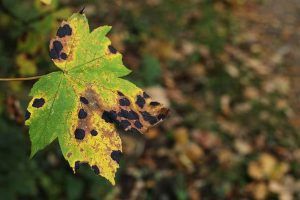 After having established the origin of the spots, the treatment to eradicate them will be more or less simple.
After having established the origin of the spots, the treatment to eradicate them will be more or less simple.
If it is about irrigation problems, the solution will be to establish an irrigation cycle that is adapted to the species to be treated.
It is important to remember that all plants are not the same and one of the main differences is around irrigation.If it is about issues such as light or root involvement, the most convenient thing is to change their place , either to prevent them from burning or to work on the transplant.
In the case of fungi, bacteria and viruses, the procedure will depend on the type in question, applying appropriate treatments for each case.In some cases these can be of home origin, such as the use of coffee or baking soda.
However, in other more complicated cases they need the action of a chemical product, such as a fungicide that exerts a more decisive action.In any case, it is important to note that each plant is unique and it will be regular observation that will ensure that the best treatment is carried out.
wet brown spots
Dark brown, slightly sunken, and wet-looking leaf spots may mean your plant has bacterial leaf spot. This is not good news, unfortunately.
Solution: First, isolate your plant so other plants don’t get infected. Cut off any blotchy leaves and allow your plant to dry. Water it only when the top two inches of soil is dry. This method can be effective in a mild case, but in severe cases it may be better to get rid of the plant.
Crop of brown or yellow spots
If you see brown or yellow spots that sink in and grow in size over time, it could be something called anthracnose, a type of fungus. It is not usually harmful, just unsightly.
Solution: Isolate your plant and cut off affected leaves.
You will probably have to use a fungicide to eliminate the problem.
Spots with a yellow halo
These spots are caused by a fungus, usually as a result of overwatering the plant.
Solution: You can fix this by cutting off the affected leaves and letting the soil on your plant dry out. In future, water only when the top two inches of soil is dry.
White or pale yellow spots
Very light colored spots may be the result of cold. Either by low air temperatures or by irrigation with very cold water.
Solution: Most plants like a constant, warm temperature. In winter, keep away from drafty windows or very cold rooms. If you irrigate with tap water, let it come to room temperature before using it.
small brown spots
Very small brown spots on all leaves can be an indication of a pest infestation, most likely spider mites. In the case of spider mites, fine spider webs may also be seen.
Solution: Checking your plants for pests regularly can help prevent outbreaks from becoming serious. You can look at this article on spider mites or also how to use natural insecticides.

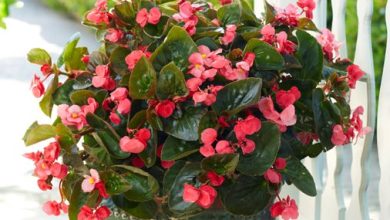
![Photo of Clima de California: [Características, Flora, Fauna y Adaptabilidad]](https://www.complete-gardening.com/wp-content/uploads/2022/08/clima-de-california-caracteristicas-flora-fauna-y-adaptabilidad-390x220.jpg)
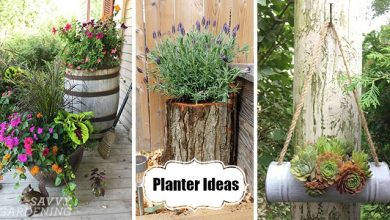
![Photo of Vegetables: [Concept, Types, Classification and Examples]](https://www.complete-gardening.com/wp-content/uploads/2022/08/vegetables-concept-types-classification-and-examples-390x220.jpg)